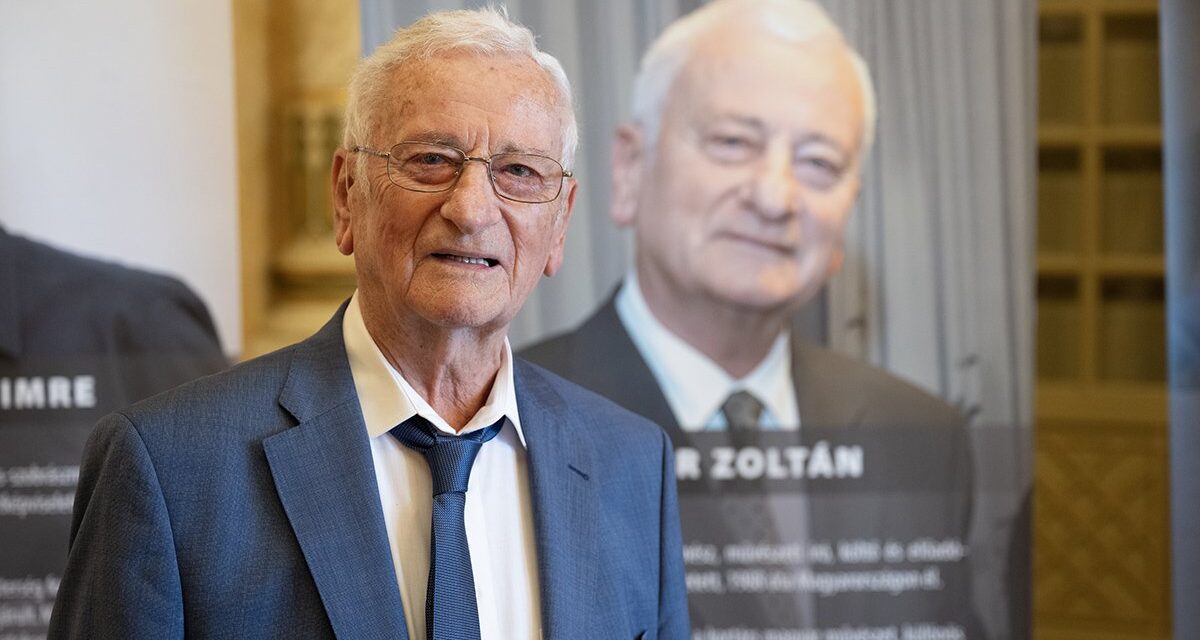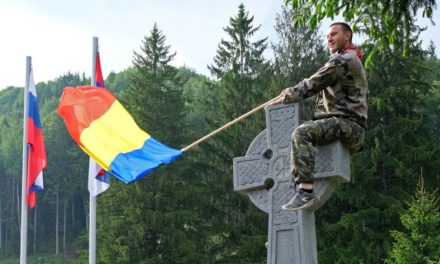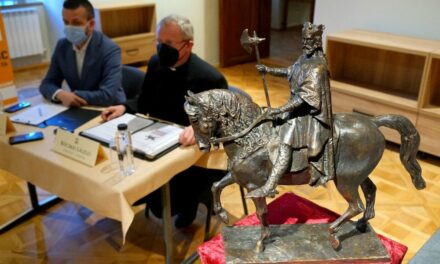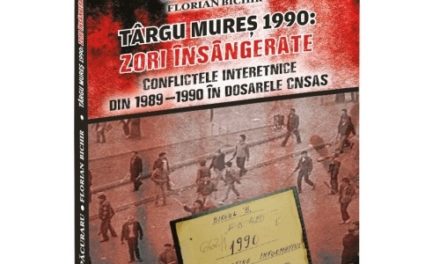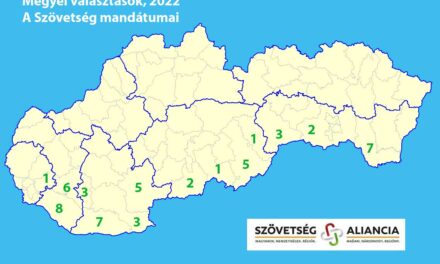In the interview, Zoltán Banner talks about the mission of survival, the radio sealed by the Romanian authorities and the art of Transylvanian Hungarians.
Zoltán Banner, art historian, art writer, poet and performer, received the Art Writers Award of the Hungarian Academy of Arts on Friday at the MMA headquarters in Vigado, Pest. The awardee is a versatile creator: in his writings, TV and radio appearances, he praises and analyzes the works of many famous artists, and as a performer he has been a regular performer on domestic and foreign podiums for six decades. At the age of 92, Zoltán Banner is still an active participant in Hungarian artistic life.
His research area is XX. 19th century and contemporary Hungarian art, with particular attention to the art of Transylvanian Hungarians and the art of the Békés county region. Author of more than a thousand studies, articles, catalog prefaces, editor and actor of radio and TV programs. Among his many awards – Gold Cross of Merit of the Republic of Hungary (2004), Jenő Szervátiusz Award (2005), Knight's Cross of the Hungarian Order of Merit (2012), Officer's Cross of the Hungarian Order of Merit (2022), etc. – what does the MMA award he just received mean to Zoltán Banner?
This award is a pedestal from which I can proclaim my truth to the world from a higher place. And my truth is the truth of Transylvanian Hungarian art: the mission of preservation and preservation. In my long life - I will be ninety-two in a month - I have worked to make otherwise visual art visible: because of the borders of Trianon, we have become invisible. Not only for the world, but also to some extent for the motherland, Hungary. But at the time of the Trianon, a region of 2.5 million – unfortunately, according to the last census, only one million – has created an autonomous art culture in the last hundred years that is unparalleled in Europe.
There is no other community of 2.5 million in this area that could freely present such achievements, works and such spirituality and artistic life in the fields of theater, music, fine arts, literature and folk art - unlike what we did after Trianon – like the Transylvanian Hungarians.
I have been the most diligent chronicler and follower of this vast artistic empire over the past decades.
His main work Transylvanian Hungarian Art of the XX. he considers his work published in 1990 entitled Did the birthplace of Szatmárnémeti determine the direction of your research?
The sensitivity of childhood and adolescence absorbs everything, as we draw the energy necessary for life not only from the family, but also from the landscape, the natural and built environment. Szatmár was a lively town when Transylvania was annexed from Hungary to Romania in 1920. It had a philharmonic, a theater, several choirs and choirs, and a good industry... What the motherland lost with it, the biggest loser, the citizen of Szatmár, really knew: it was unbelievable that the city with a 99 percent Hungarian population became Romania's from one moment to the next.
I didn't live this moment: I was born twelve years after the Trianon Peace Treaty, in 1932, but I still remember as a child how my mother searched with a knitting needle through an opening in the back cover of the radio, which was sealed by the Romanian authorities, and was able to open the Budapest transmitter !
This is how we listened to the results of the negotiations that culminated in the second decision in Vienna. In 1940, we returned to Hungary for four years. My consciousness actually began in the "little Hungarian world" and continued after the Second World War, connected to wonderful schools and teaching staff. Aurél Papp was my father's art teacher, and at the same time one of the last members of the painting school in Nagybánya, who then opened an artist camp in Felsőbánya. The spirit of the place is therefore decisive. Even as a small child, I was able to express and visualize poems effectively, so I became a poet as soon as possible. Later, I discovered the secrets of fine art works with Papp Aurél, and I have been writing poems since I was fifteen years old. All three of my careers began in Szatmár, this is the small town where I was able to cultivate myself as a European citizen.
This is exactly the advantage of small towns: the people who live there never lose their identity, they remain close to the landscape, the surrounding world, the land, and their roots. Well, Szatmár used to be like this, where we all yearned for more with every fiber of our being: Cluj.
Because that was the capital of Transylvania for us! Getting to Cluj and getting into Bolyai University was also my goal. If I compare human life to a tree, I can say: my roots go to Szatmár, my tribe to Cluj, because I became an art historian there, and the foliage to Békéscsa. In 1988, when I was 56 years old, I moved to Békéscsaba - then the "end of the tunnel" was not yet in sight, I never dreamed that the revolution would break out in a year and a half...
The full interview can be read on the Chronicle!
Featured image: Péter Walter / Chronicle

